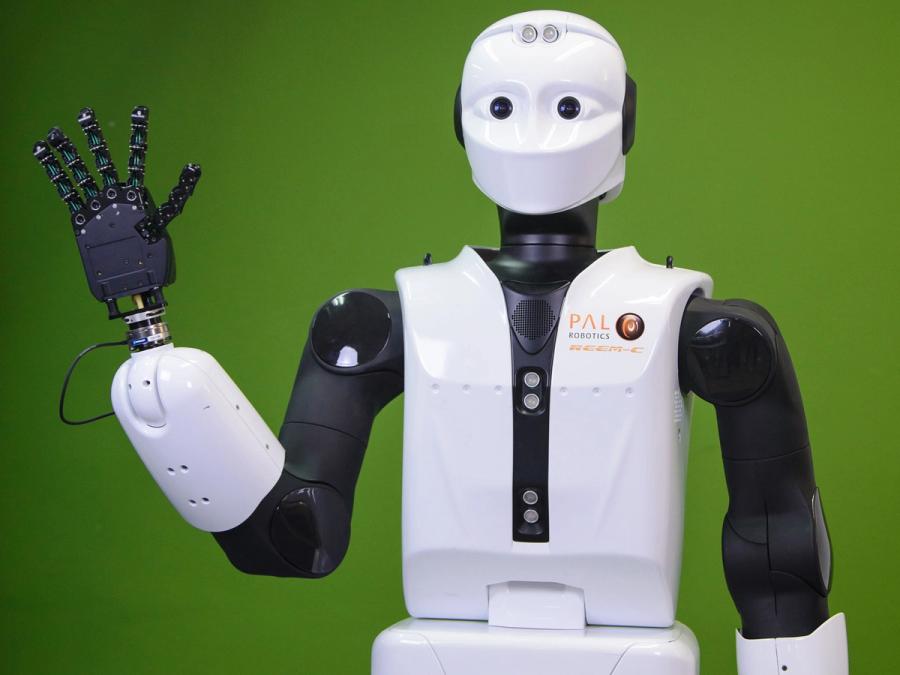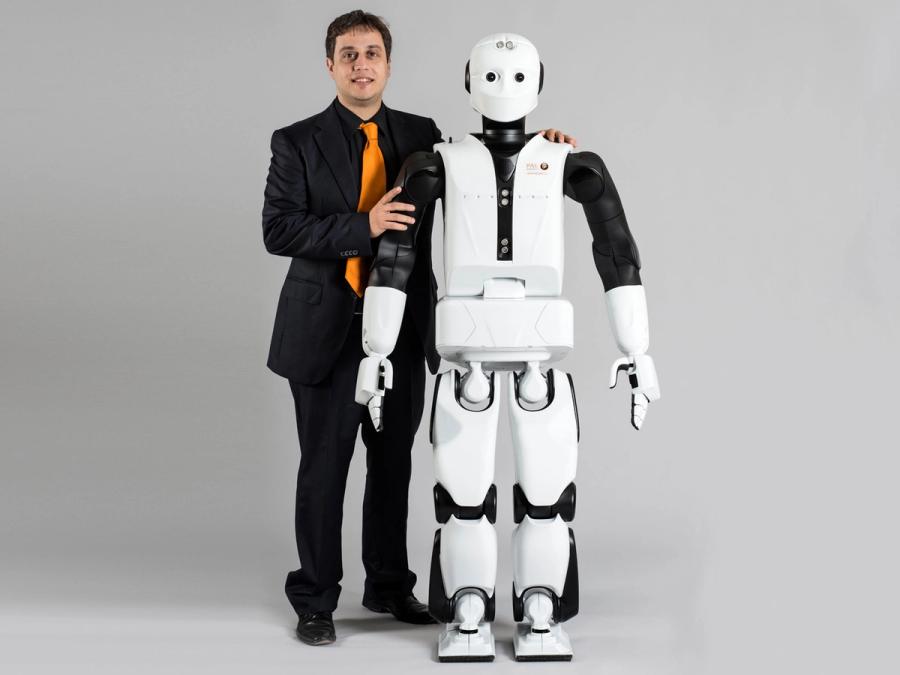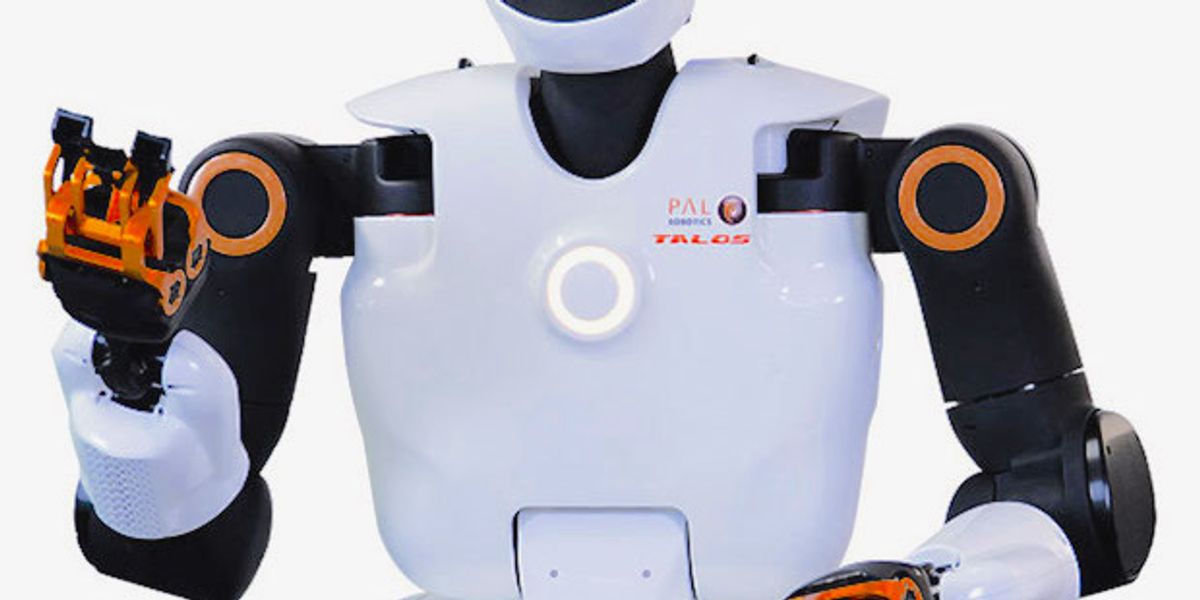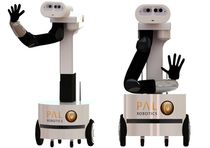REEM-C

REEM-C is a bipedal humanoid designed as a research platform to study navigation, vision, AI, and human-robot interaction. It has modular hardware and versatile software architecture to adapt to different requirements.
- Creator
- Year
- 2013
- Country
- Spain 🇪🇸
- Categories
- Features
Did you know?
REEM-C can dance, slowly.


Specs
- Overview
Capable of lifting 10-kilogram payloads with both arms, or 1-kg payloads with a single arm stretched. Fully electrical. ROS-enabled. Can navigate autonomously, and dynamically walk and climb stairs. Programmable for high-level tasks based on whole-body control algorithms. Has visual and speech recognition, and human-robot interaction skills. Upgradeable and customizable modular design. Wi-Fi and Ethernet connectivity.
- Status
Ongoing
- Year
2013
- Website
- Width
- 60 cm
- Height
- 165 cm
- Weight
- 80 kg
- Speed
- 1.5 km/h
- Sensors
Two 6-axis force/torque sensors in each ankle. Stereo and back cameras for vision. Four linear array microphones. Four sonar sensors (torso, head). Optional expansions include 6-axis force/torque sensors in wrists, lasers on feet, and additional inertial measurement units (IMU).
- Actuators
22 brushless DC motors and 14 brushed DC motors
- Degrees of Freedom (DoF)
- 68 (Leg: 6 DoF x 2; Arm: 7 DoF x 2; Waist: 2 DoF; Neck: 2 DoF; Hand: 19 DoF x 2)
- Compute
Two Intel Core i7 CPUs
- Software
Ubuntu Linux OS, ROS LTS, OROCOS, Gazebo simulation and URDF model, Real-time ros_control loop at 200 Hz, MoveIt!
- Power
48-V, 1225-Wh lithium-ion battery, 3 hours of operation walking, 6 hours of operation on standby
- Cost
- €300,000 (approximately)







